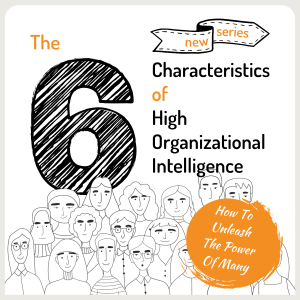When I was starting with agile teams many years ago, my main motivation has been to create more robust delivery processes.
When I was looking at the findings, I was realizing, that I was not able to drive change by myself, so my motivation changed to empower the people in the teams to take actions on themselves.
Now I realize, that my motivation has to be to foster a joint understanding of values and create room for the teams to take actions. Agile tools belong to the teams and not to me.
The implementation of structures given by Scrum guidelines provided appropriate tools to respond to changing situations. This has been very helpful to learn about agility.
The empowerment of teams to take appropriate actions enabled us to become efficient in responding to changing situations. This has been helpful to learn about people in agile teams.
The handover of responsibility to define appropriate procedures to the teams empowered us to become effective in every single action. This was the key to learn about trust.
This has been my journey so far. It feels like this is a classical agile evolution. What has been your journey? Can you confirm this is a classical approach or can you tell you about alternative scenarios?






